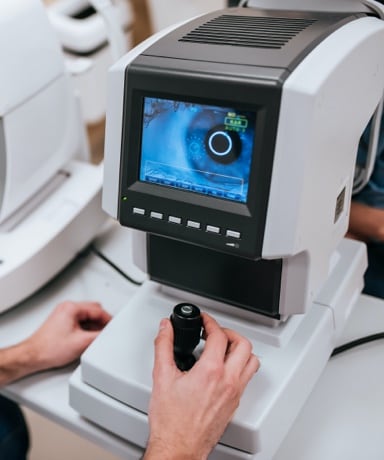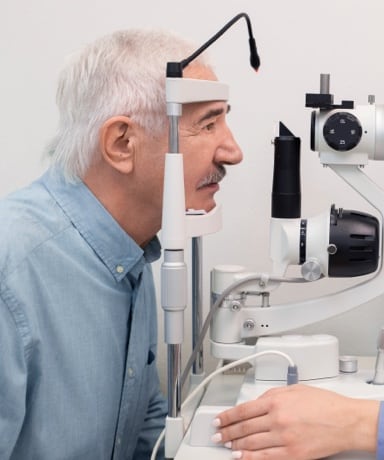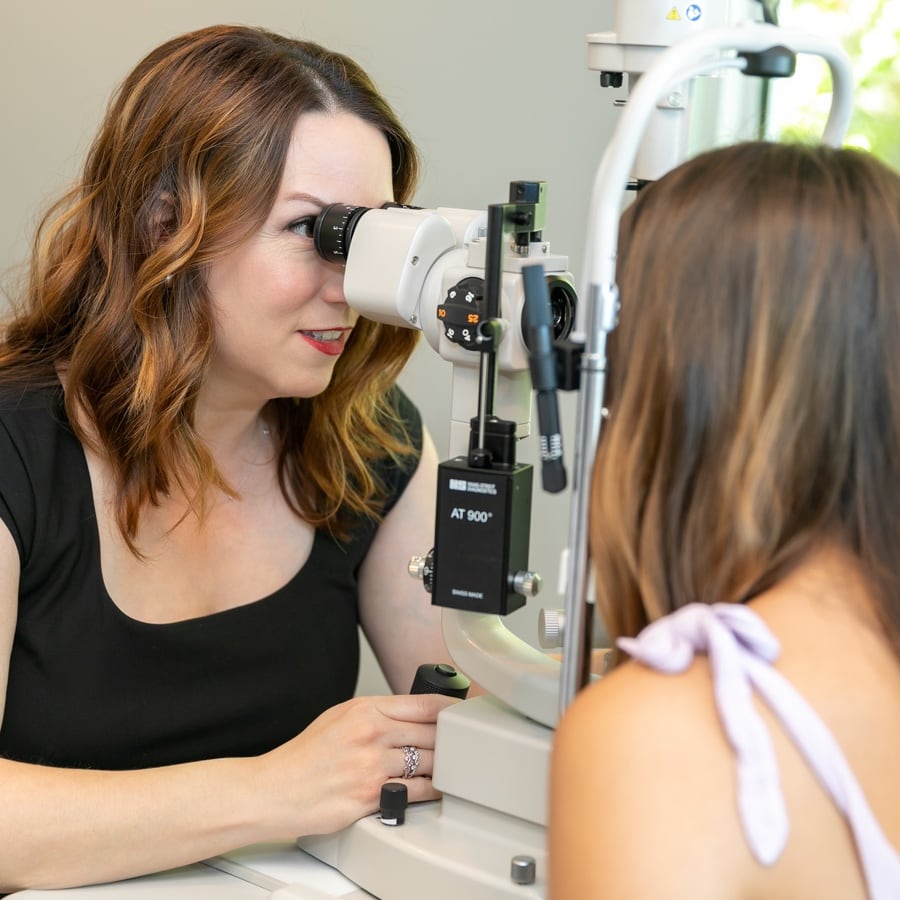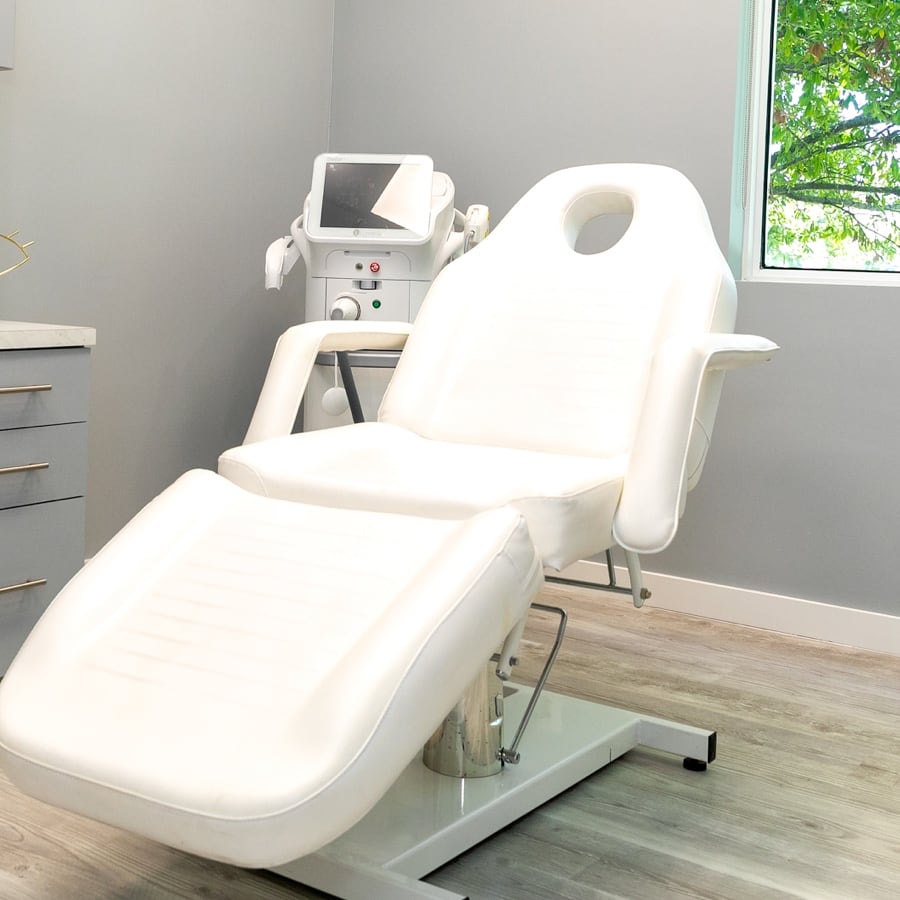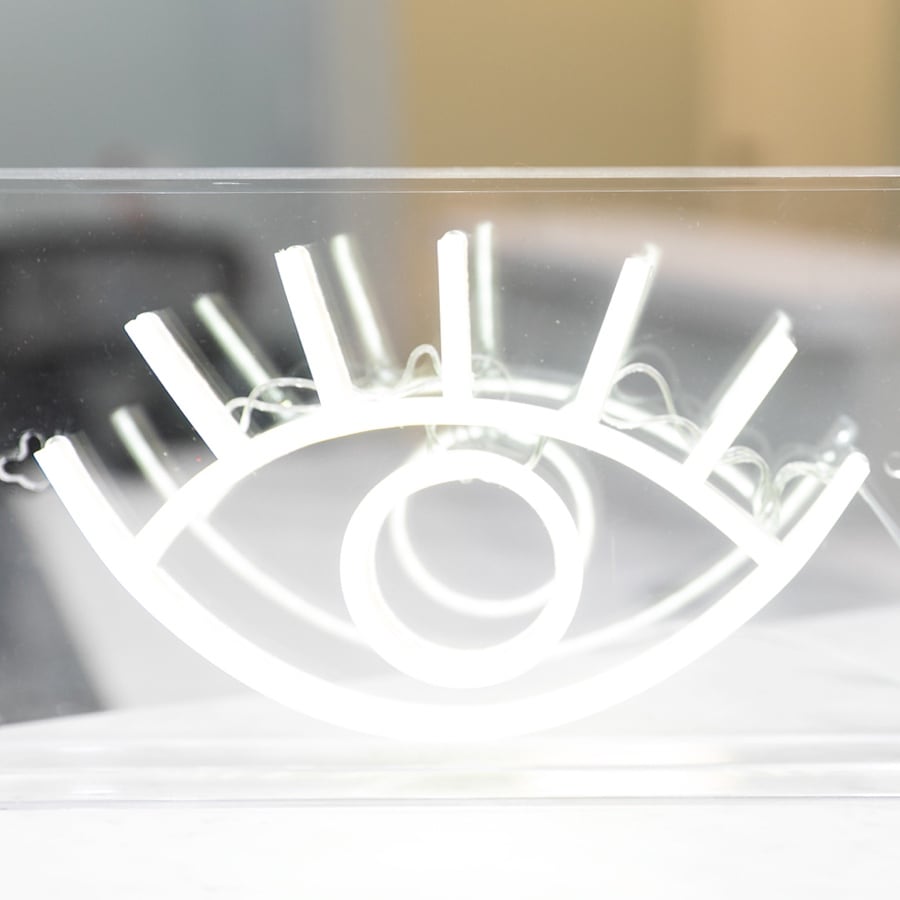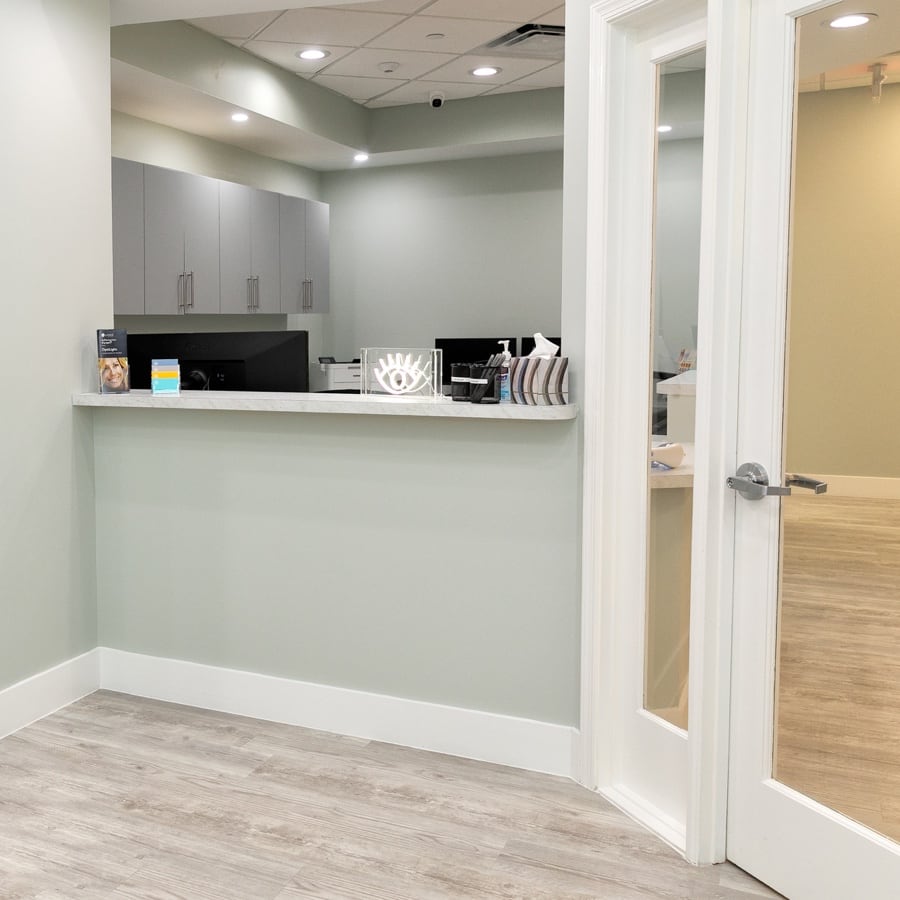Cataracts are one of the leading causes of vision loss worldwide, affecting millions of people every year, especially as they age. The good news? Cataract surgery has come a long way and is among today’s safest and most effective procedures. The 3 types of cataract surgery are:
- Phacoemulsification
- Extracapsular cataract extraction
- Intracapsular cataract extraction
Phacoemulsification is the most widely performed cataract surgery today, but each option has its place. This highlights the importance of relying on your eye doctor’s expertise to guide you through the options and choose the best one for your situation.
What Are Cataracts & How Do They Affect Your Vision?
Cataracts occur when the lens in your eye becomes cloudy, often due to aging, genetics, or health conditions like diabetes. The lens, located behind the iris (the colored part of your eye), focuses light onto the retina at the back of your eye. When a cataract forms, it scatters or blocks light from passing through clearly, leading to blurry vision, glare, and difficulty seeing at night.
If left untreated, cataracts can worsen over time, significantly impairing vision and quality of life. Cataract surgery offers a highly effective way to restore clear vision by replacing the affected lens with a new one.
The 3 Main Types of Cataract Surgery
When it comes to cataract surgery, you’ve got options. Each type of surgery uses a different technique to remove the cloudy lens and may be more suitable for certain cases than others. Here’s what you need to know about the three main types:
Phacoemulsification (Phaco)
Phacoemulsification, often called “phaco,” is the most common and advanced method of cataract surgery today.
A small incision is made on the side of the cornea (the transparent front part of the eye). An ultrasound probe is inserted through the incision to break the cataract into tiny fragments using high-frequency ultrasonic vibrations.
These fragments are then suctioned out, and an artificial lens, known as an intraocular lens (IOL), is inserted to replace the cloudy lens. The incision is so small that it typically heals on its own without the need for stitches.
Why it’s popular:
- Minimally invasive procedure
- Faster recovery time
- Minimal discomfort during and after surgery
- High success rate with minimal complications
Phaco is suitable for most patients and has become the standard technique for cataract removal.

Extracapsular Cataract Extraction (ECCE)
ECCE is a less common technique, typically used for more advanced cataracts where the lens is too dense to break apart with ultrasound (as in phaco surgery).
A larger incision is made in the cornea to allow the surgeon to remove the entire lens in one piece, leaving the back portion of the capsule intact to support the artificial IOL inserted after removal.
When ECCE is recommended:
- For patients with hard or advanced cataracts
- When phaco is not suitable due to complications or specific conditions
While effective, ECCE generally requires a longer recovery time due to the larger incision and may involve sutures to close the incision.
Intracapsular Cataract Extraction (ICCE)
ICCE is an older, less commonly performed method in modern ophthalmology, but it’s still an option in specific cases. Unlike the other two techniques, ICCE involves removing the entire lens and the surrounding capsule in one piece through a larger incision.
When it’s used:
- For cases with significant trauma to the eye.
- When there are complications, such as a dislocated lens or lens subluxation
Why It’s Rarely Performed Today
ICCE requires a much larger incision, which increases the risk of complications and extends recovery time. Modern techniques like phaco make this method largely obsolete, except in rare cases.
What About Newer Surgical Options?
Beyond these three main types, another newer and niche surgical technique may be an option.
Femtosecond Laser-Assisted Cataract Surgery (FLACS)
This new approach uses laser technology to make incisions and break up the lens more precisely than traditional methods. FLACS can offer improved accuracy and faster recovery, but may not be available in all clinics or covered by all insurance plans.
The Importance of Consulting an Eye Doctor
Cataract surgery isn’t one-size-fits-all. Several factors—such as the severity of your cataracts, the health of your eyes, and your lifestyle needs—play a role in determining the best surgical approach for you.
Partnering with an experienced ophthalmologist is invaluable, as they will:
- Conduct a thorough eye examination to determine the type and stage of your cataracts
- Recommend the most suitable procedure based on your unique circumstances
- Guide you in choosing the right type of artificial IOL, whether a basic lens or a premium one offering benefits like correcting astigmatism or presbyopia.
Explore Your Cataract Surgery Options
Cataracts don’t have to dim the world around you. With modern surgical techniques and technological advances, cataract surgery offers a reliable, effective way to restore clear vision.
Whether it’s the precision of phaco, the flexibility of ECCE, or even advanced laser options, the key to successful outcomes lies in finding the right approach tailored to your eye health and lifestyle.
Contact our team at Gardens Eye Institute today to book an appointment. One of our experienced eye doctors can examine your eyes and offer tailored advice on the best path to cataract-free vision.






